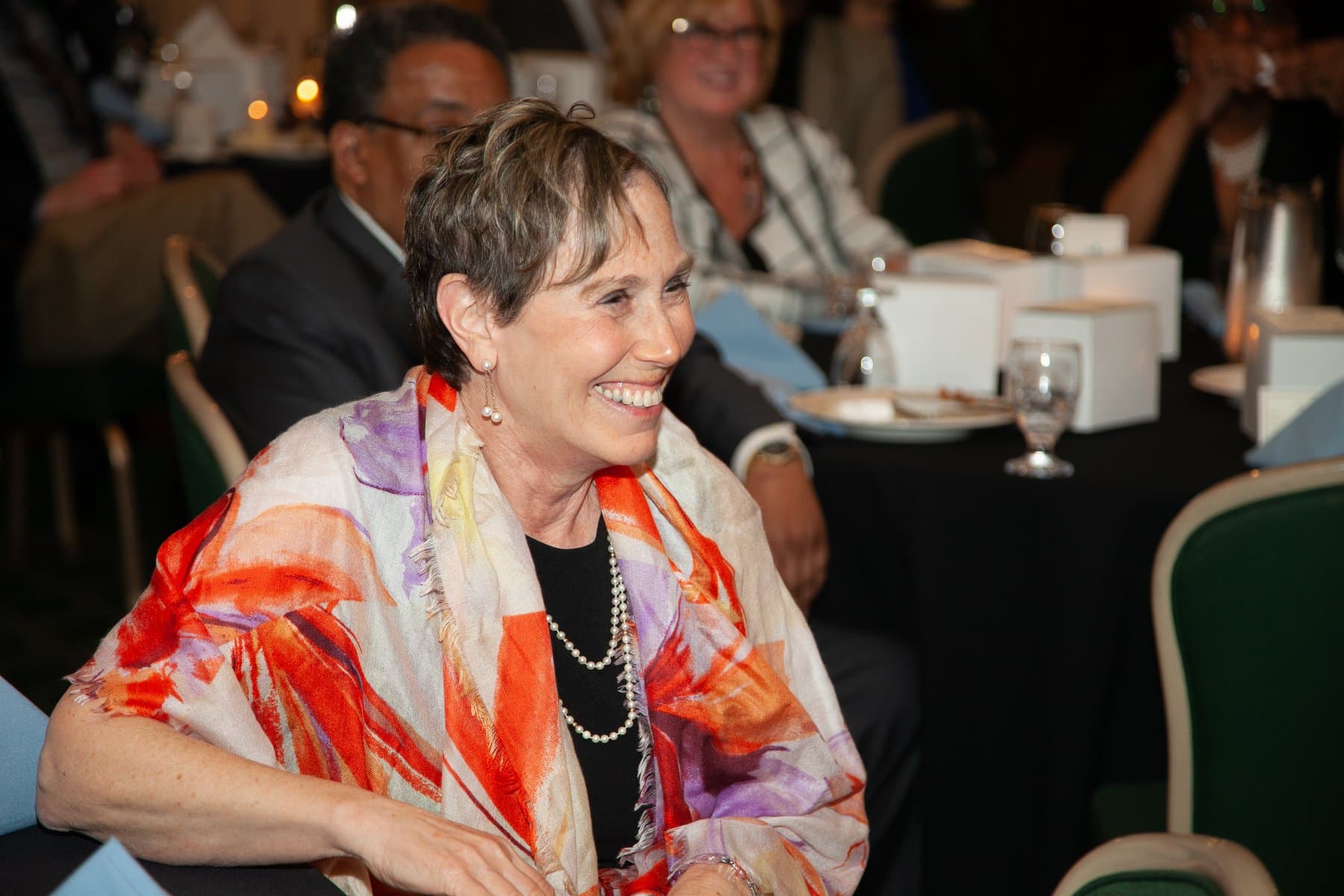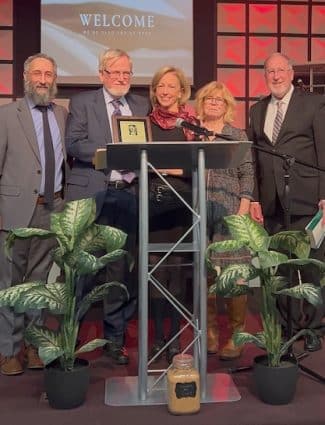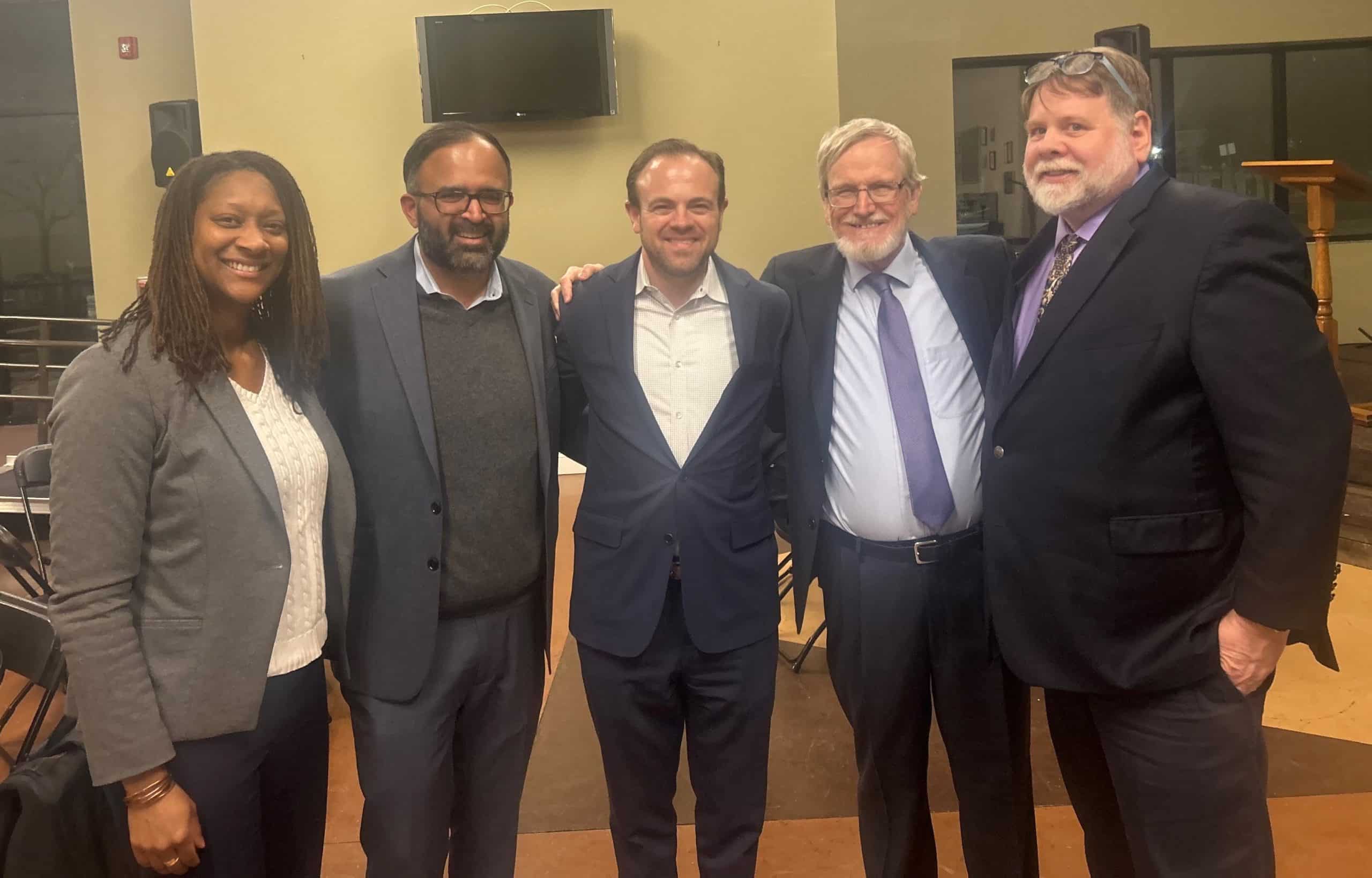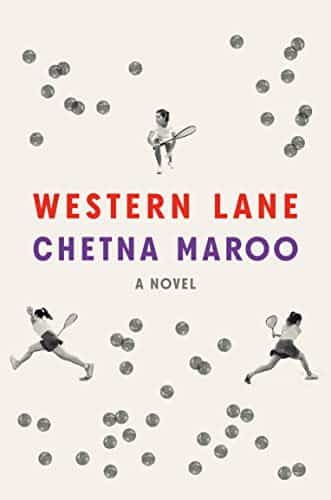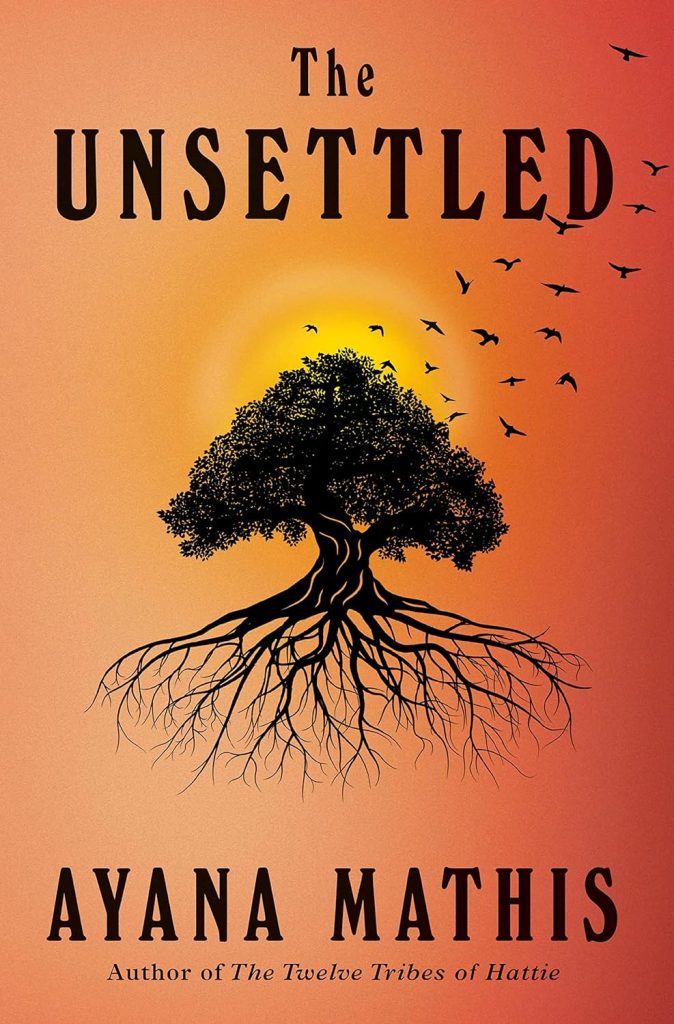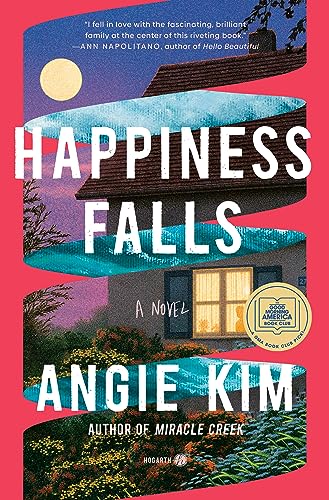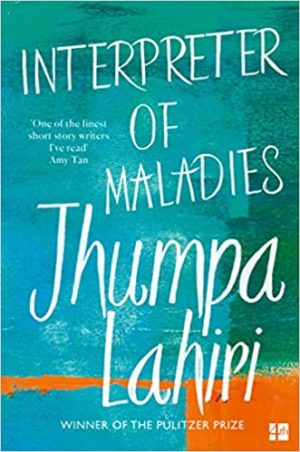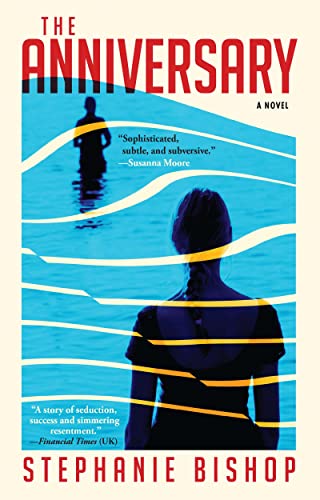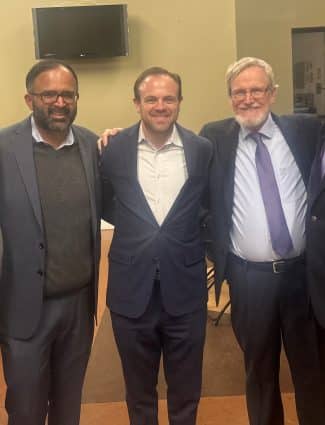
Mark’s Walking Challenge
One Step at a Time for 1,380 Days!
Estimated reading time: 2 minutes, 30 secondsOn May 6, 2021, I slipped on my battered walking shoes, unaware I was about to embark on a journey beyond just a day or two. Riddled with holes, the soles of those walking shoes felt more like Swiss cheese than reliable footwear. Each step reminded them of their age, and the lack of support made me wish I was walking barefoot instead. But despite the discomfort, I pressed on, driven by a deep personal quest rooted in faith and love. To my surprise, my friend Mark shared on LinkedIn that my determination had inspired him to embark on his adventure—walking for an impressive 100 days. Who knew my small steps could spark a significant journey in someone else?

(L to R) Taissa Kelly, CEO of Monarch Housing; Asish Patel, COO of Monarch Housing; Rich Uniacke, President of Bridges; me; and Mark Annett.
Mark began his post by saying he had “the honor of attending the 2025 Dr. Martin Luther King, Jr. Distinguished Service Award ceremony for my good friend Richard Brown.” I had invited him and other friends to the award presentation, sponsored by The Cranford Clergy Council and the Interfaith Human Relations Committee, because Mark had tremendously supported me during my early grief.
In his post, Mark noted that during my acceptance speech, I mentioned I had “walked each day in rain, snow, or sunshine for more than 1,352 days.” However, Rabbi Uri Allen first brought up the topic of my walking, not me. I have been fortunate to walk daily through snow, sleet, and freezing rain at night, often with inadequate shoes. On one of those days, Mark visited me and walked with me.
Mark saw my commitment to walking as a challenge. He thought, “If he could do that, I decided to commit to doing 100.” As I write this, he is on day 27, while I, despite a foggy, warm drizzle, am on day 1,378. Mark texts his daughter to confirm that he has walked and asks her to hold him accountable. While my watch tracks the time, miles, and calories, I have never had anyone to text for accountability. All I have is myself to remind me to put one foot in front of the other.
After walking for 1,380 days, I have realized that this practice is vital for my conscious resilience. Alongside walking, I immerse myself in reading, volunteering, worshiping, writing, and supporting my family and friends every day. Many perceive me as highly motivated, but as Jeffrey Rosen reflects in “The Pursuit of Happiness,” I strive to be good rather than simply to feel good. To stay focused, I carve out dedicated time for each activity. Early mornings have become my sacred time for walking; any delay fills me with frustration. This May, I will miss a day or two due to cataract surgery. I feel nervous—not about the surgery but missing my walk. Perhaps one day, Mark will surpass my total and reignite my inspiration to keep walking.
